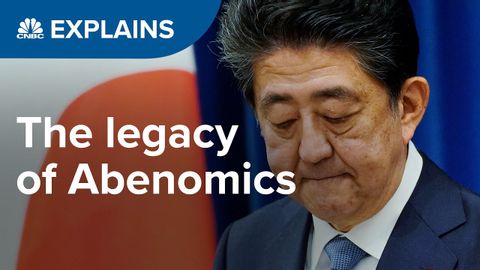為什麼日本的貧困率在上升?| CNBC解讀 (Why is poverty rising in Japan? | CNBC Explains)
Summer 發佈於 2020 年 10 月 08 日  沒有此條件下的單字
沒有此條件下的單字US /ˈpɪriəd/
・
UK /ˈpɪəriəd/
- n. (c./u.)時期;(用於句末;表示斷定的口氣)就這樣;句號;月經;期間
- n. (c./u.)條件;條款;期間;期限;學期;術語;關係;項;妊娠期;任期
- v.t.命名
- v.t.著手對付(或處理);擒抱並摔倒
- n. (c./u.)用具;裝備;繩具;處理,接受挑戰
US /ˈævərɪdʒ, ˈævrɪdʒ/
・
UK /'ævərɪdʒ/
- n. (c./u.)平均
- v.t.算出...的平均數
- adj.平均的;一般的,通常的;中等的
